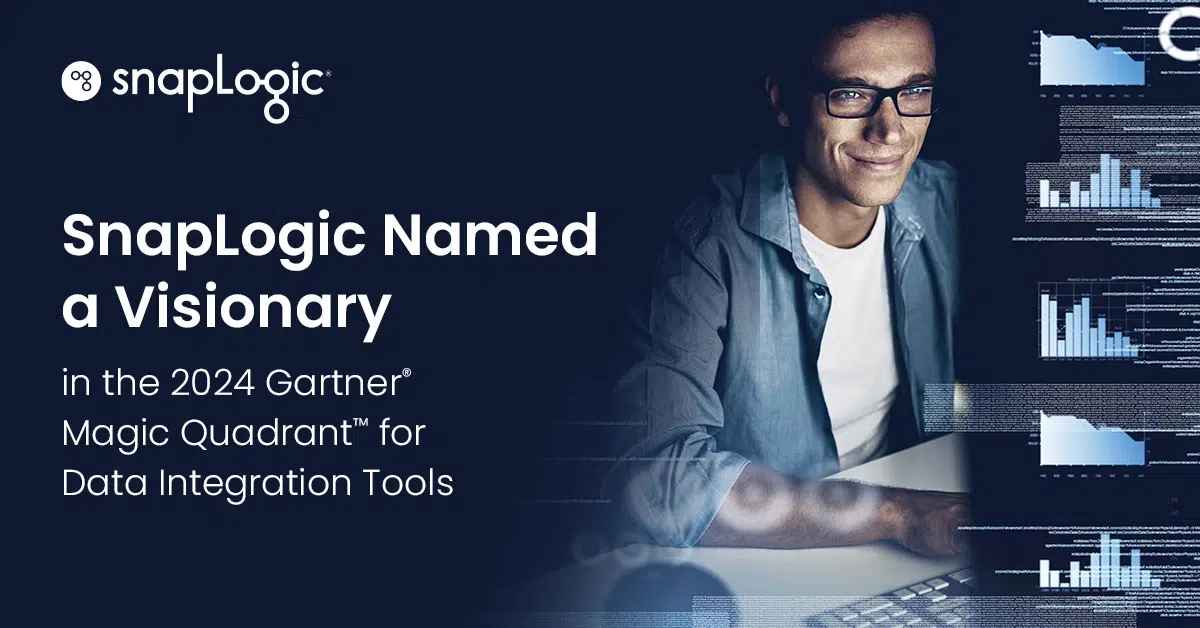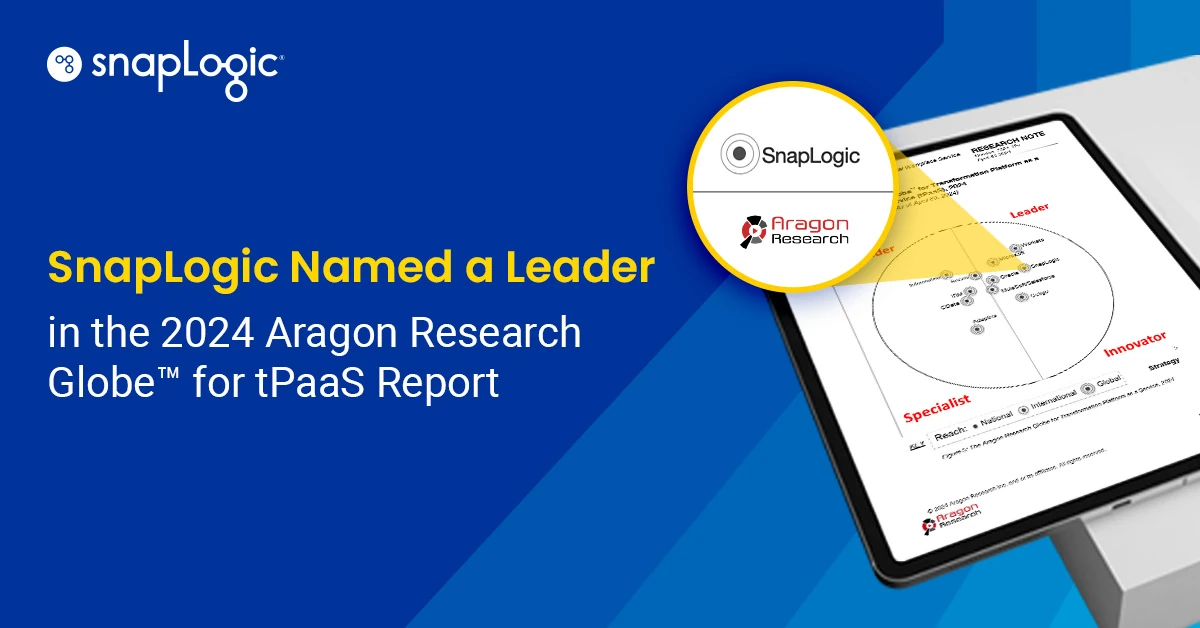Last week Ovum introduced their iPaaS Decision Matrix. The report noted:
“The rise of software-as-a-service (SaaS) and the increasing heterogeneity of enterprise applications portfolios and data sources have necessitated a shift to suitable alternatives to traditional integration approaches…Enterprises should consider iPaaS as a means to ease the complexity of hybrid integration as they continue to focus on managing the complex interplay of business needs and persistent budget constraints, and still achieve faster time to integration.”
Welcome to the new era of integration innovation. Is it time to call it Integration 2.0 or are we now at 3.0? I’m not sure, but there is definitely a re-thinking going on in the enterprise as IT organizations seek greater agility, speed and flexibility. As legacy vendors in the market deal with private equity buyouts, waiting for a faster horse is clearly not an option.
Gartner recently outlined 5 reasons to begin converging application and data integration.
Last week Loraine Lawson summarized 5 reasons why integration is changing from David Linthicum’s whitepaper on The Death of Traditional Data Integration. They are:
- Cloud computing
- Mass data storage
- Complex data, such as unstructured data
- A service-based approach to data (which is key to mobile apps and wider use of enterprise analytics)
- Streaming data, mobile data and the related data security challenges
Today, Valerie Silverthorne wrote about Nine questions for hybrid cloud integration. They are:
- What are you not going to move to the cloud?
- Where will most of the future development take place?
- What is the use case?
- What kinds of applications are involved?
- Who will manage the integration?
- How quickly can this happen?
- What’s the next application?
- Can I make do with what I have?
- Should you trust the vendor?
The bottom line? We’re seeing a remarkably fast transition of late, with enterprise IT shifting away from legacy data management and integration technologies to iPaaS. The reason for this is that the confluence of several transformational technologies including social, mobile, analytics/big data, cloud computing and the Internet of Things (SMACT) is finally coming into place.
Next Steps:
- Find out about the Integrator’s Dilemma
- Read about 4 iPaaS Requirements that Shouldn’t be Ignored
- Check out the infographic: Cloud Integration Drivers and Requirements for 2015









